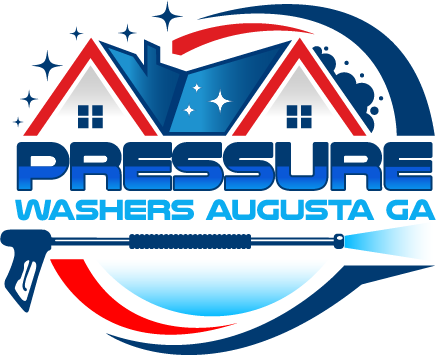If you’ve recently pressure washed your concrete driveway to remove dirt, grime, and stains, congratulations on taking a significant step toward enhancing your home’s curb appeal. However, to ensure the longevity and pristine appearance of your driveway, it’s crucial to follow up with the proper sealing process. In this comprehensive guide, we’ll walk you through the essential steps and tips for sealing your concrete driveway after pressure washing.
Prepare the Driveway:
- Clear the driveway of any debris, leaves, or loose dirt using a broom or leaf blower.
- If there are stubborn stains or oil spots, consider using a concrete cleaner to treat those areas. Follow the manufacturer’s instructions for application and dwell time. Rinse thoroughly and allow the driveway to dry completely.
- Ensure the driveway is entirely dry before proceeding. Allow at least 24-48 hours for drying after cleaning or pressure washing.
Choose the Sealer:
Select the appropriate type of concrete sealer based on your driveway’s specific needs and your preferences (penetrating, acrylic, or epoxy). Read and follow the manufacturer’s instructions for the selected sealer.
Safety Precautions:
Wear safety goggles and gloves to protect yourself during the sealing process.
Mask and Protect:
If your driveway is adjacent to surfaces you don’t want to seal, such as sidewalks or garage floors, use masking tape and plastic sheeting or drop cloths to protect them from accidental overspray.
Mix the Sealer (if applicable):
If the sealer requires mixing, follow the manufacturer’s instructions to prepare it. Use a stir stick or paddle to ensure thorough mixing.
Apply the Sealer:
- Pour a small amount of sealer into a paint tray.
- Dip the paint roller into the sealer, ensuring it’s evenly coated but not dripping.
- Begin applying the sealer to the driveway using long, even strokes. Work in sections, starting from one end and moving toward the other. Overlap each pass slightly to ensure even coverage.
- Use a paintbrush for edges, corners, and areas that are difficult to reach with the roller.
- If you’re applying a second coat (which is often recommended for acrylic sealers), wait until the first coat has dried to the touch (typically 2-4 hours) before applying it.
Optional: Add Non-Slip Additive (if desired):
If you want to enhance traction on your driveway, consider adding a non-slip additive to the sealer. Follow the manufacturer’s recommendations for the type and amount to use.
Drying and Curing:
Allow the sealer to dry and cure according to the manufacturer’s instructions. Typically, this can take anywhere from 24 to 48 hours or longer, depending on the type of sealer and weather conditions. Avoid foot or vehicle traffic during this time.
Clean Up:
Clean your tools and equipment with water or the recommended solvent as per the sealer manufacturer’s instructions.
Dispose of Waste Properly:
Dispose of any waste materials, such as empty containers, rags, or brushes, in accordance with local regulations.
Sealing your concrete driveway after pressure washing helps protect it from moisture, stains, and wear while enhancing its appearance. Be sure to follow the specific instructions provided by the sealer manufacturer for the best results and longevity of the protective seal.
